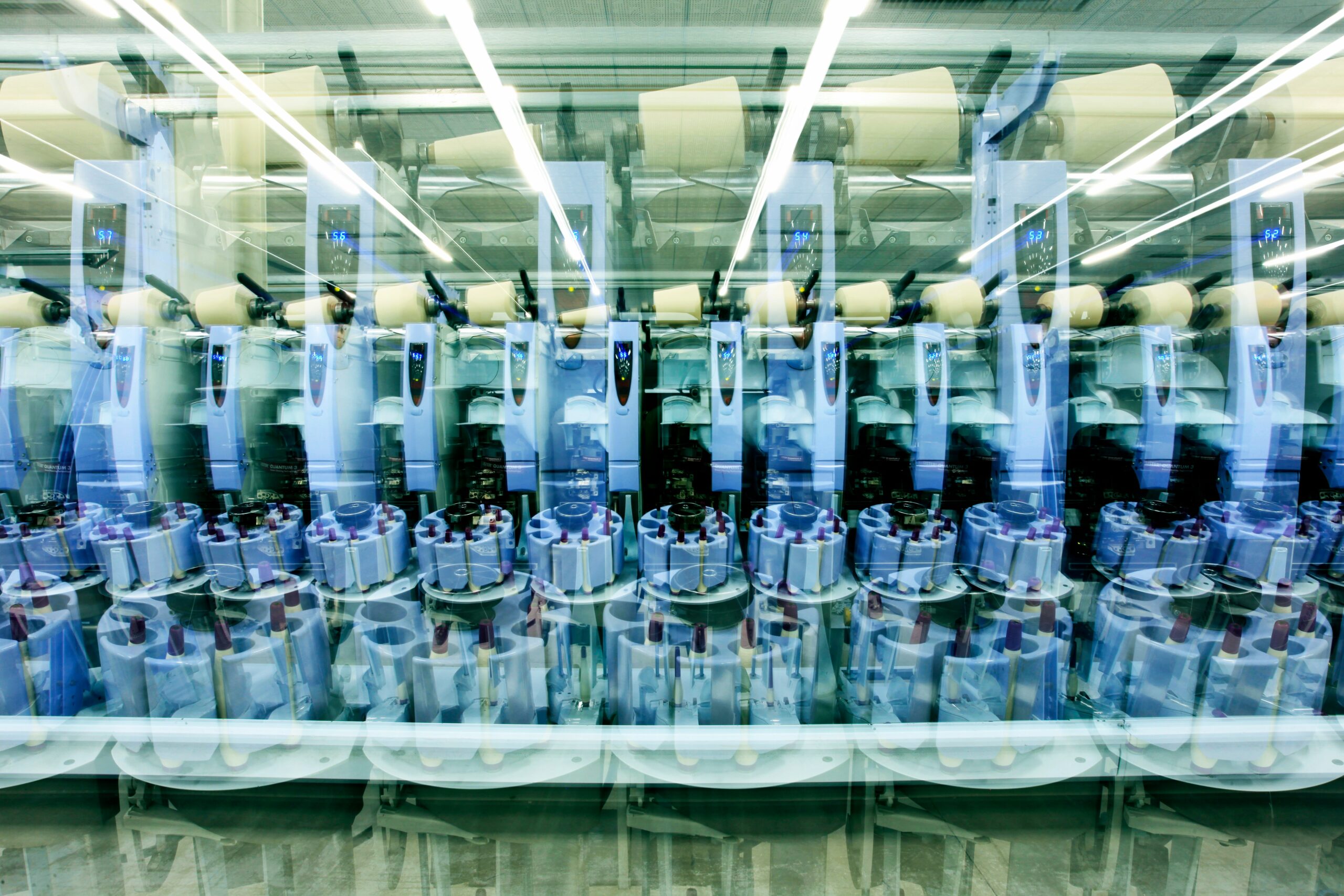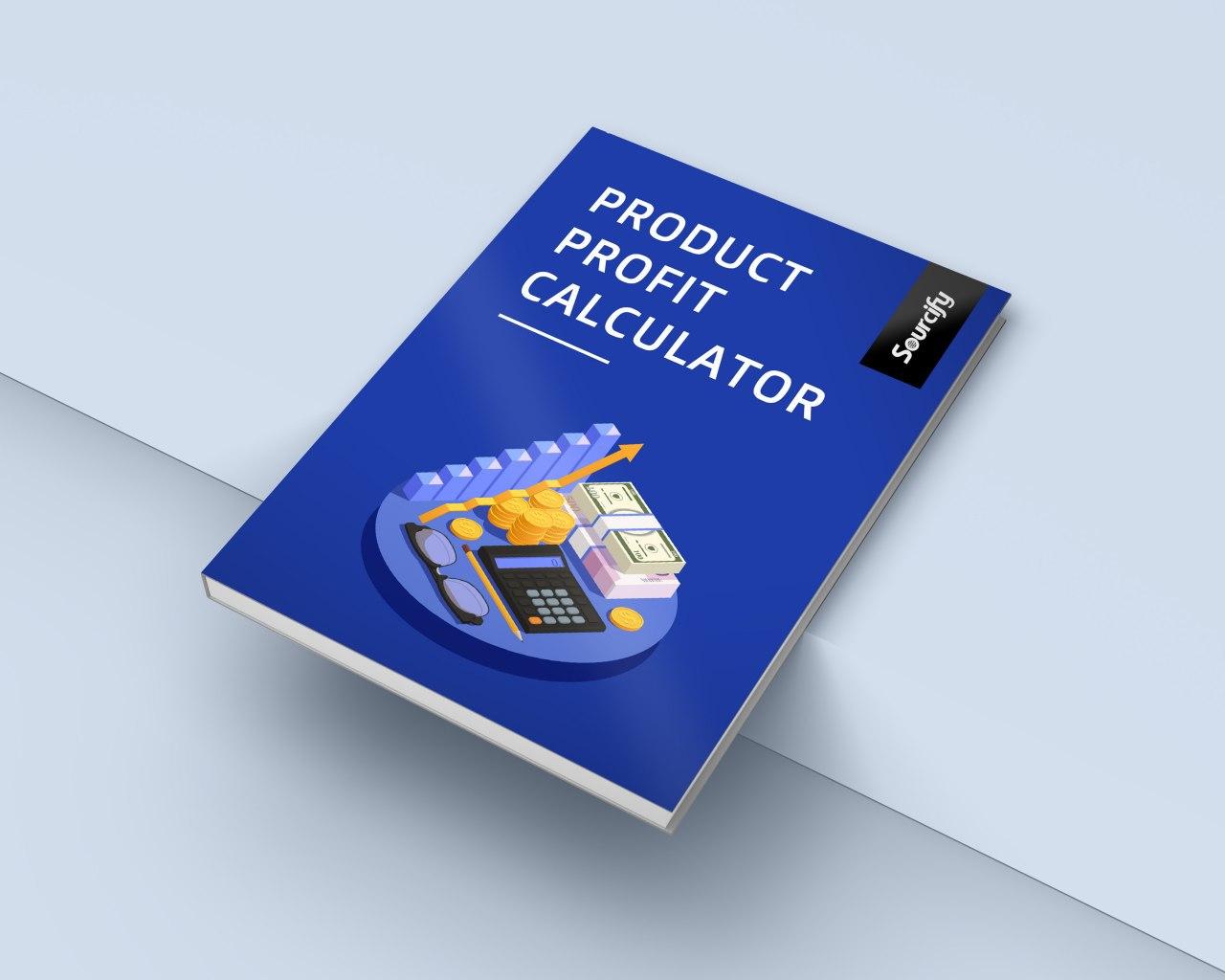In the world of global manufacturing, businesses are constantly looking for ways to maximize profitability while minimizing risks and costs. One effective strategy is leveraging Free Trade Areas (FTAs), which offer significant advantages in terms of cost savings, reduced tariffs, and smoother supply chain operations.
In this blog, we’ll dive into what Free Trade Areas are, how they work, and the key benefits that businesses can unlock by utilizing them in their manufacturing strategy.
What Are Free Trade Areas (FTAs)?
A Free Trade Area (FTA) is a region where a group of countries agrees to reduce or eliminate barriers to trade, such as tariffs, quotas, and import/export duties. These agreements are designed to facilitate the flow of goods and services between member countries by promoting free trade. FTAs can cover a wide range of sectors, including manufacturing, agriculture, and services.
In practice, FTAs allow businesses to source and manufacture goods within participating countries at reduced or zero tariff rates. This creates an opportunity to lower production costs and enhance profitability while ensuring a smoother path for global trade.
How FTAs Work in Manufacturing
FTAs typically allow manufacturers to source raw materials, components, and products from member countries without incurring hefty duties or taxes. In many cases, goods that are manufactured within a Free Trade Area can be exported to other member countries with preferential treatment, meaning they’re subject to lower tariffs or no tariffs at all.
For example, the North American Free Trade Agreement (NAFTA) (now replaced by the United States-Mexico-Canada Agreement (USMCA)) created a massive trade zone between the U.S., Canada, and Mexico, allowing businesses to manufacture and trade goods freely across these borders. With such agreements in place, manufacturers can benefit from lower input costs, which can significantly impact overall profitability.
Key Benefits of Leveraging FTAs in Manufacturing
Here are some of the key benefits that your business can unlock by strategically using Free Trade Areas in your manufacturing processes:
1. Reduced Tariffs and Import Taxes
One of the most direct and obvious benefits of FTAs is the reduction or elimination of tariffs. In countries without an FTA, businesses may face steep import duties on products or raw materials, significantly raising manufacturing costs. By leveraging FTAs, you can reduce or eliminate these costs, resulting in substantial savings.
For example, manufacturers sourcing products from countries within an FTA like the European Union (EU) or the Association of Southeast Asian Nations (ASEAN) can benefit from tax-free imports, which lowers overall product costs.
2. Increased Market Access
FTAs increase market access by lowering trade barriers between countries. With these agreements in place, manufacturers can more easily access new markets with fewer restrictions, making it easier to scale operations and expand globally.
By manufacturing in an FTA country, businesses can sell their products to other member countries with reduced tariffs, thus broadening their potential customer base and increasing revenue opportunities.
3. Enhanced Supply Chain Flexibility
In today’s globalized economy, supply chain flexibility is key to remaining competitive. FTAs provide manufacturers with more options for sourcing materials and components, which helps reduce dependency on a single supplier or country. This diversification allows businesses to mitigate risks associated with supply chain disruptions, political instability, or changes in trade policy.
For example, if you’re sourcing raw materials from a country within an FTA, you have the flexibility to switch between suppliers from various member countries, ensuring that you’re not beholden to a single source that could be disrupted by tariffs or natural disasters.
4. Lower Production Costs
Manufacturing in an FTA country can result in reduced production costs due to lower tariffs and preferential access to raw materials, components, and finished products. For example, countries with competitive labor costs and FTA benefits—like Mexico in the case of USMCA—offer manufacturers the chance to reduce overall production costs while benefiting from reduced tariffs when exporting to the U.S. and Canada.
Additionally, FTAs allow manufacturers to source lower-cost components and raw materials from different member countries, helping them find the most cost-effective options for their production process.
5. Streamlined Customs Procedures
FTAs simplify customs procedures, making it easier to export goods across borders. In non-FTA countries, businesses may face complicated customs processes, which can result in delays and additional costs. FTAs typically provide manufacturers with streamlined customs procedures, reducing administrative burdens and improving the speed and efficiency of cross-border trade.
For example, the USMCA agreement allows for simplified customs processes between the U.S., Mexico, and Canada, making it easier for businesses to ship goods quickly and cost-effectively.
6. Strengthened Competitive Advantage
Manufacturers that take advantage of FTAs can gain a competitive edge in the marketplace. With lower tariffs, more flexible sourcing, and the ability to sell goods in multiple countries without paying additional import duties, businesses can price their products more competitively than those that don’t leverage FTAs.
The competitive advantage comes from the ability to pass on the cost savings to customers, offer more attractive pricing, and scale production more efficiently.
How to Leverage Free Trade Areas for Your Business
Now that we’ve covered the key benefits of FTAs, let’s look at how to effectively leverage these agreements to maximize profitability in your manufacturing operations:
1. Identify Relevant FTAs for Your Business
The first step is identifying which FTAs apply to your business. Depending on where you manufacture and where you sell your products, different agreements may offer varying levels of benefit. Do some research to determine which FTAs your business can utilize and how they can help reduce manufacturing costs.
For example, businesses manufacturing in Mexico can take advantage of the USMCA, which provides tariff-free access to the U.S. and Canada. Similarly, companies in the EU can benefit from the trade agreements between the EU and other countries like Japan, South Korea, and Mexico.
2. Work With Legal and Compliance Experts
To fully leverage the benefits of FTAs, it’s crucial to work with legal and compliance experts who can help you navigate the complexities of these agreements. They can help ensure that your manufacturing processes align with the rules of origin and other requirements necessary to qualify for preferential treatment under an FTA.
3. Optimize Sourcing and Production Strategies
Leverage FTAs to optimize your sourcing and production strategies. Look for ways to source raw materials and components from countries that offer the most favorable tariff treatment. Additionally, work with your suppliers to maximize the benefits of FTAs in terms of cost savings and market access.
4. Monitor Trade Policy Changes
Trade policies and FTAs are constantly evolving, so it’s important to stay informed about any changes that might affect your business. Regularly monitor updates on trade agreements and ensure that your manufacturing strategies remain aligned with current policies.
Conclusion: Maximizing Profitability with FTAs
Leveraging Free Trade Areas in your manufacturing strategy can significantly boost profitability, reduce risks, and enhance your global competitiveness. By taking advantage of reduced tariffs, simplified customs procedures, and increased market access, businesses can optimize their supply chains and manufacturing processes.
At Sourcify, we can help you navigate the complexities of FTAs and identify opportunities for cost savings and supply chain optimization. Whether you’re exploring new manufacturing locations or optimizing your existing strategy, we’re here to help you make the most of the global manufacturing landscape. Contact Sourcify today to learn how we can help you leverage Free Trade Areas and other strategies to maximize your profitability and scale your business.




